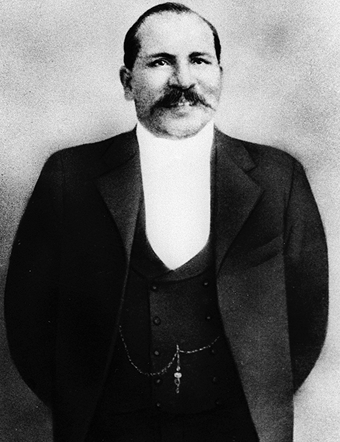The Australian Aboriginal Progressive Association

The phrase 'second dispossession' has been used by historian Heather Goodall to describe what happened when the New South Wales Government became convinced that Aborigines were beginning to form a culturally distinct enclave dependent on rations. To discourage this noisome minority, the Aborigines Protection Board sought power to seize Aboriginal children from their parents. Although the Board wished to hang on to the reserves it managed, the climate of fear about a growing Aboriginal minority made it easier for competing land users to argue that the reserves should be reviewed and, possibly, revoked. As well, the cost of running institutions for the growing numbers of stolen children made it attractive to sell some reserves.
Thus the land base conceded to Aborigines a generation earlier came under threat in the 1920s, when governments were under great pressure to grant land to servicemen returned from the Great War (1914-18). Goodall chronicles the resistance, in the 1920s, to this abuse of what Kooris understood to be their property rights. Their outrage stimulated a political mobilisation which, for the first time, began to link communities across a wide area: the Australian Aboriginal Progressive Association (1924-7), whose spokesperson was Hunter Valley Koori, Fred Maynard.
Thus the land base conceded to Aborigines a generation earlier came under threat in the 1920s, when governments were under great pressure to grant land to servicemen returned from the Great War (1914-18). Goodall chronicles the resistance, in the 1920s, to this abuse of what Kooris understood to be their property rights. Their outrage stimulated a political mobilisation which, for the first time, began to link communities across a wide area: the Australian Aboriginal Progressive Association (1924-7), whose spokesperson was Hunter Valley Koori, Fred Maynard.
Keywords: activism, Australian Aboriginal Progressive Association, dispossession, Maynard, Fred, New South Wales, Protection Boards, rations, reserves, resistance, 1920-1927
Still: Fred Maynard. Courtesy of AIATSIS.
Author: Rowse, Tim and Graham, Trevor
Author: Rowse, Tim and Graham, Trevor
